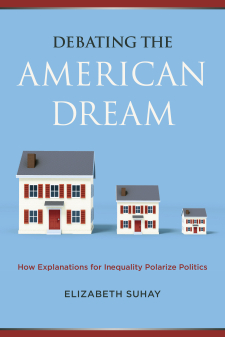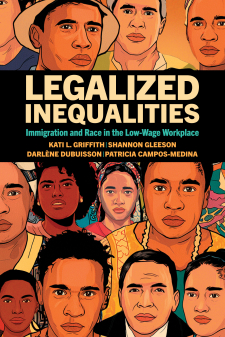Critical Review of Theoretical Propositions and Empirical Research about Race Relations in the U.S. Army
Has the U.S. Army created a positive racial climate within its ranks? How much have race relations in the military really progressed? James Burk of Texas A&M University will survey recent literature on the Army’s approach to race relations to identify hypotheses for future research. This project is a parallel to the review of Army databases and literature conducted with Russell Sage Foundation support by Jason Dempsey and Isaiah Wilson, with whom Burk will closely collaborate. Burk’s overview focuses on research done outside of the Army and on theories and hypotheses brought forward by this research. Burk will critically read the relevant literature on the Army’s response to diversity and race relations, particularly since the Gulf War of the early 1990s, and identify dominant theories and untested hypotheses on both the Army’s efforts to deal with ethnic diversity and the experience of Army members regarding equality.
Burk will ask how—and whether—the Army has created a climate of race relations that supports organizational effectiveness and whether the Army’s experience in this area is unique or can be generalized as a model for civilian institutions to follow. He intends to revisit the literature on racial diversity in the Army and examine the prevailing hypothesis that positive effects of intergroup contact occur in situations marked by equal group status within the situation, common goals, intergroup cooperation, and the support of authorities, law, or custom. This model emphasizes the Army’s success in treating race and suggests that good race relations produce a more effective military. Burk’s investigation will focus on the literature that builds on, modifies, challenges, or extends this framework. Burk asks, for example, if a large presence of African Americans in the all-volunteer Army helps to foster good race relations, why have African American enlistments in the Army declined since 1991? He shows that current literature suggests three possible explanations: that there is no longer a so-called race relations advantage encouraging minorities to prefer Army employment over employment in the civilian sector; that the Army has shifted recruiting resources from the black community to the Hispanic community; and that African American enlistments may have declined because African Americans are put off by the Army’s new missions. Similar hypotheses could be tested in the future research project.





